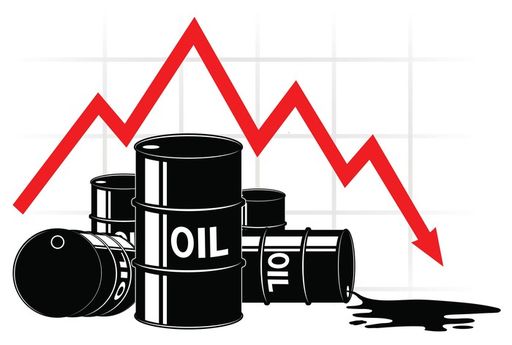Oil continued its decline after experiencing a weekly drop, as traders awaited new indications regarding global demand and supply dynamics for March and the future, Bloomberg reported.
Brent fell to the $81 per barrel mark after experiencing a decline of over 2 per cent last week, while the US counterpart West Texas Intermediate stood almost at $76.
This week, insights are anticipated from the International Energy Week in London. Furthermore, US inflation data will play a crucial role in shaping expectations of the timing of potential rate cuts by the Federal Reserve, which in turn will impact energy demand and the dollar movement.
In wider markets, a measure of the US currency maintained its stability, while most commodities, including copper, experienced weakness, mirroring the downward trend in crude oil.
For the last two weeks, oil has been confined within a narrow range of roughly $3 per barrel. Tensions in the Middle East and supply restrictions by OPEC+ have offset the effects of increased production from non-OPEC+ countries, such as the US.
It is widely anticipated that the cartel and its allies, including Russia, will extend their current output into the next quarter during their upcoming meeting at the beginning of next month.
“We still expect OPEC+ to extend cuts through the second quarter of 2024, and to only gradually and partially phase out the latest package starting in the third quarter,” Goldman Sachs analysts stated in a note. The note also included that Currently, the bank foresees prices staying within the $70-to-$90 range.
Furthermore, positive demand signals are emerging. In China, a surge in travel during the Lunar New Year holidays has sparked optimism for a more enduring rebound in consumption. Traders report that local refiners have been actively acquiring shipments from various global sources since the mid-February holiday, alongside boosting their term supplies from Saudi Arabia for March.
In market metrics, timespreads have maintained a bullish backwardated pattern, while prices of physical crude in the US have seen strengthening in recent weeks. This trend has been attributed to buyers shifting towards American grades to circumvent shipping disruptions in the Red Sea.


